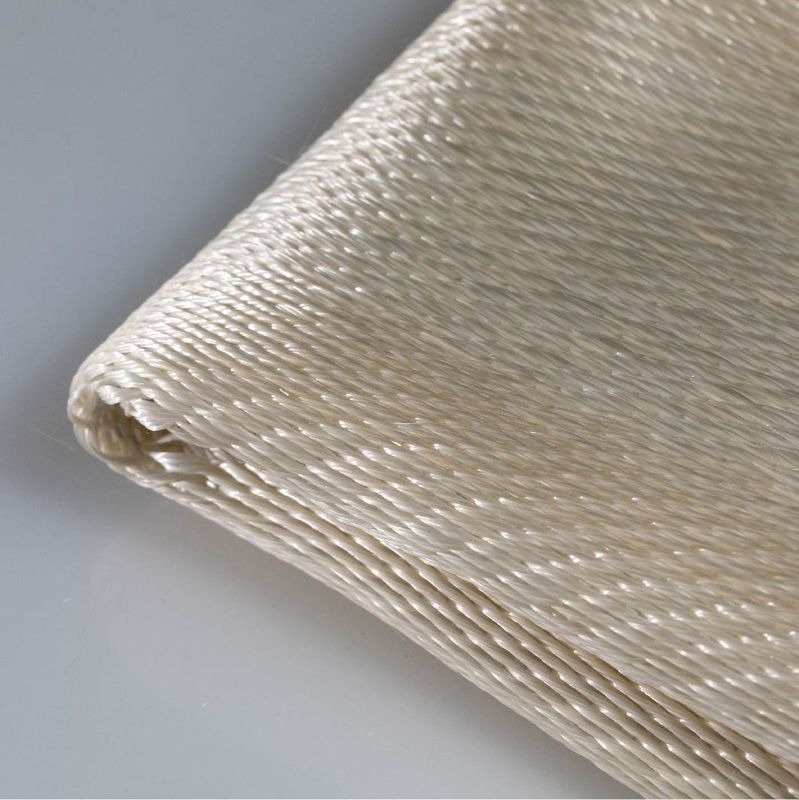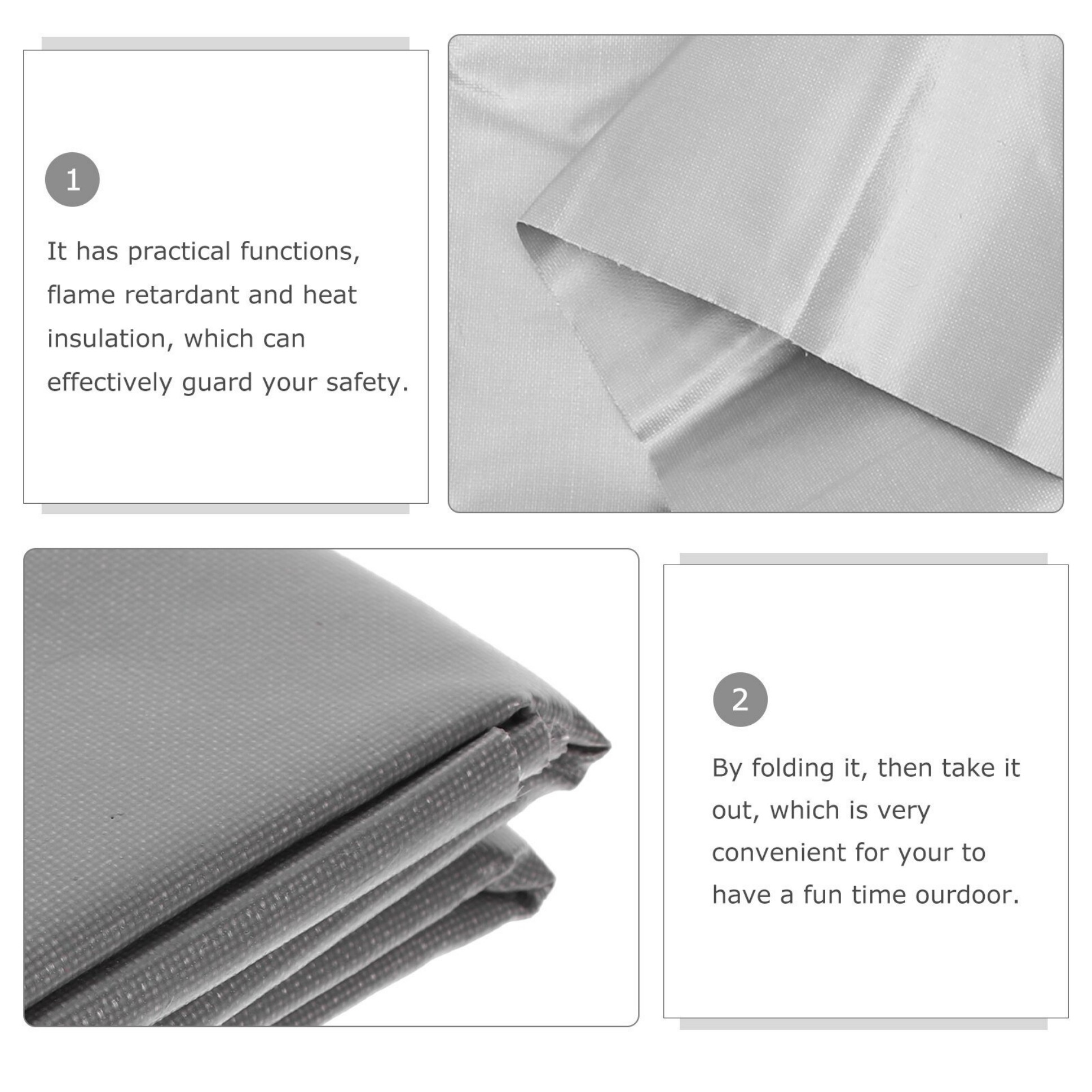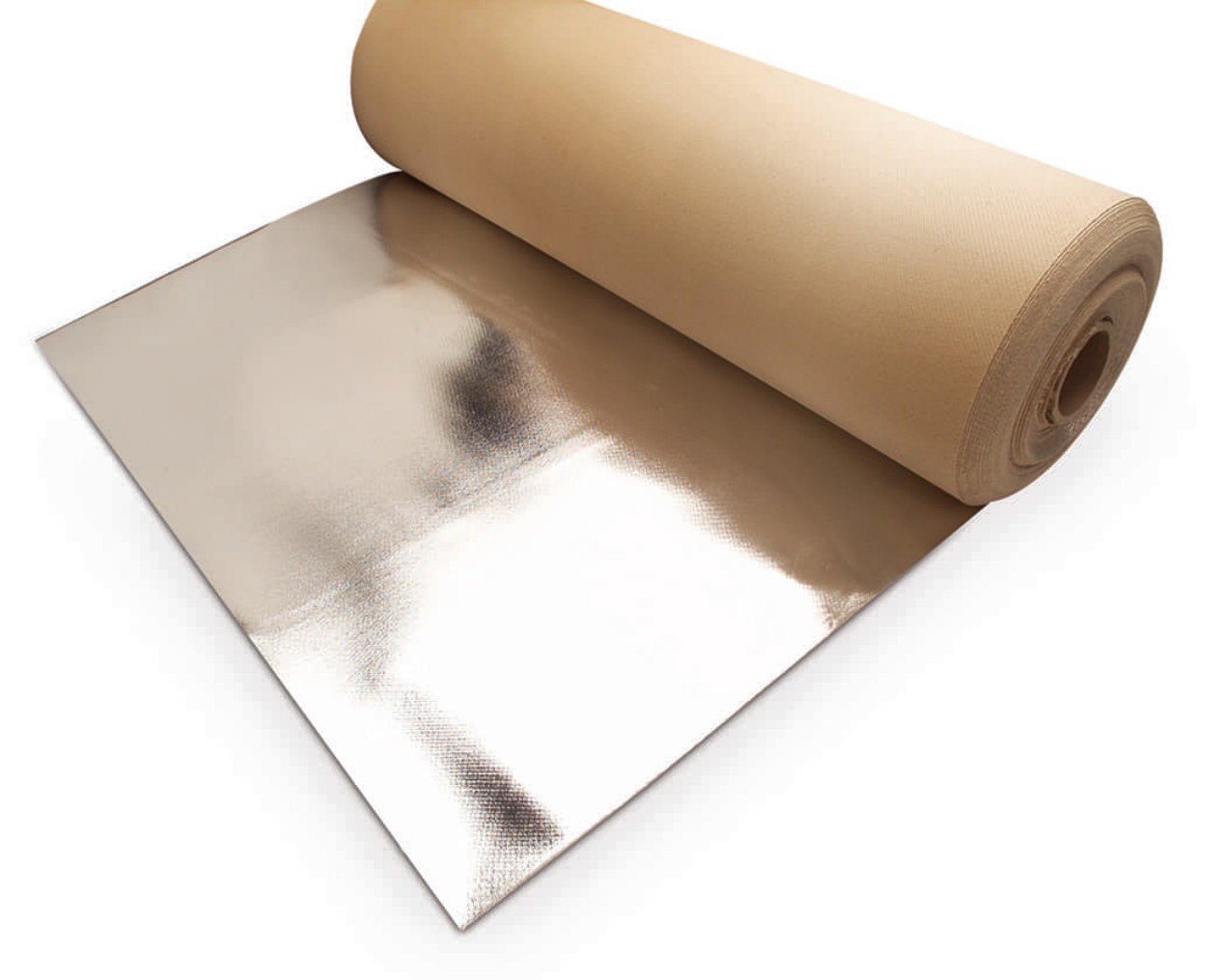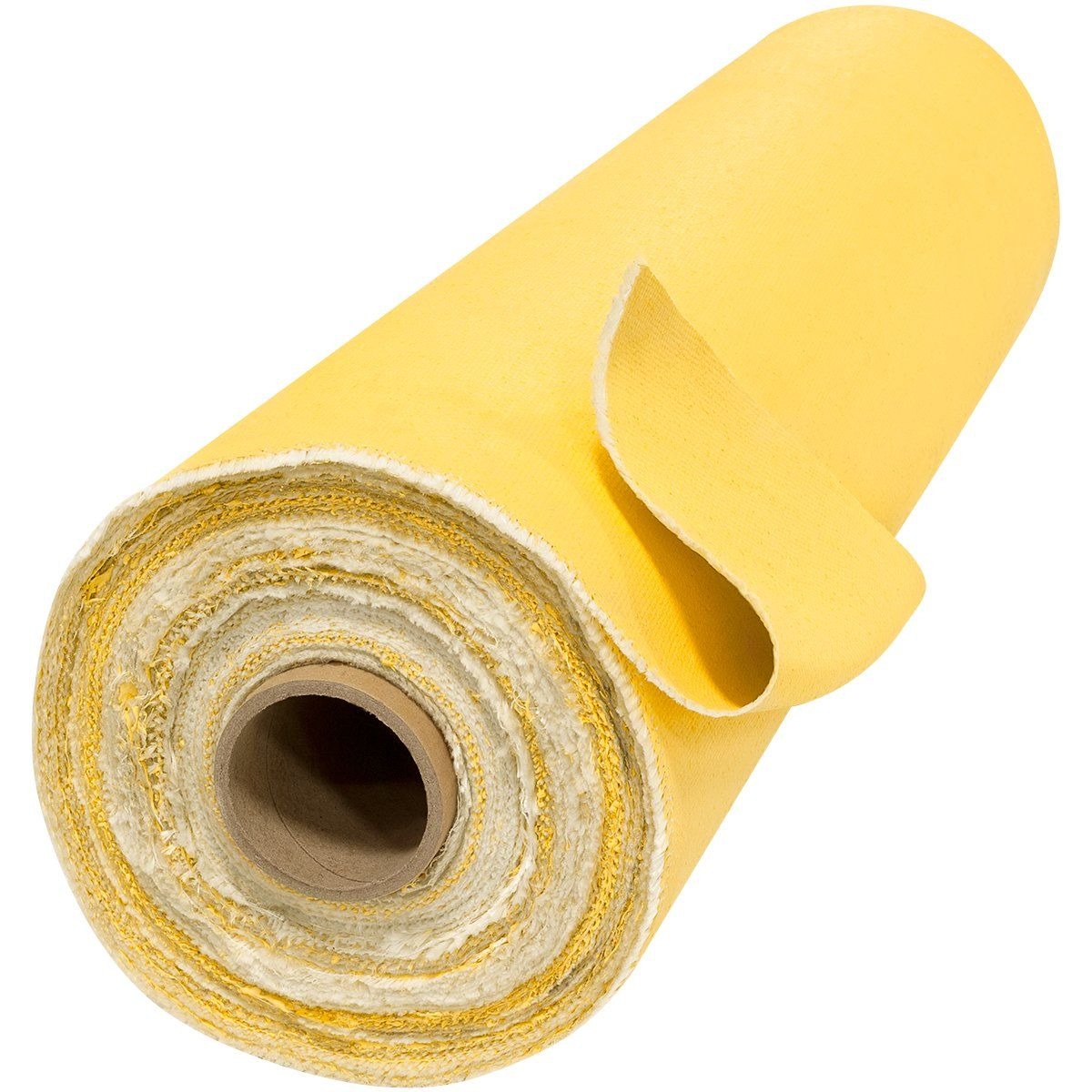Fire Safety: When and How to Use Blankets to Put Out Fires Effectively
Fire blankets are essential safety tools for smothering small fires. This guide explains when blankets to put out fires work best, proper usage techniques, limitations, and maintenance tips to ensure your fire blanket is ready when needed.
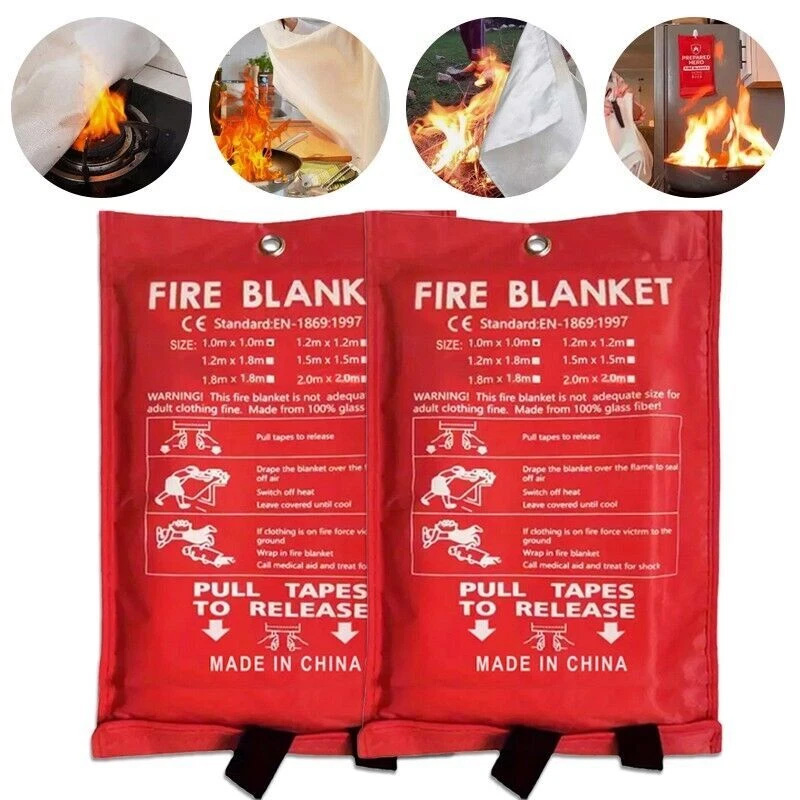
What Are Fire Blankets?
Fire blankets are specially designed safety devices made from fire-resistant materials like fiberglass or wool treated with flame-retardant chemicals. Unlike regular blankets, these can withstand high temperatures (typically up to 900°F/482°C) and cut off oxygen supply to flames.
When to Use Blankets to Put Out Fires
Fire blankets work best for:
- Small kitchen fires- Grease fires from cooking oil or fat (never use water!)
- Clothing fires- When someone's clothes catch fire (stop, drop, and roll first)
- Small electrical fires- Only if the power source is disconnected
- Waste bin fires- Small contained fires in trash cans
Important:Never use blankets to put out large fires, chemical fires, or gas fires. For these situations, evacuate immediately and call emergency services.
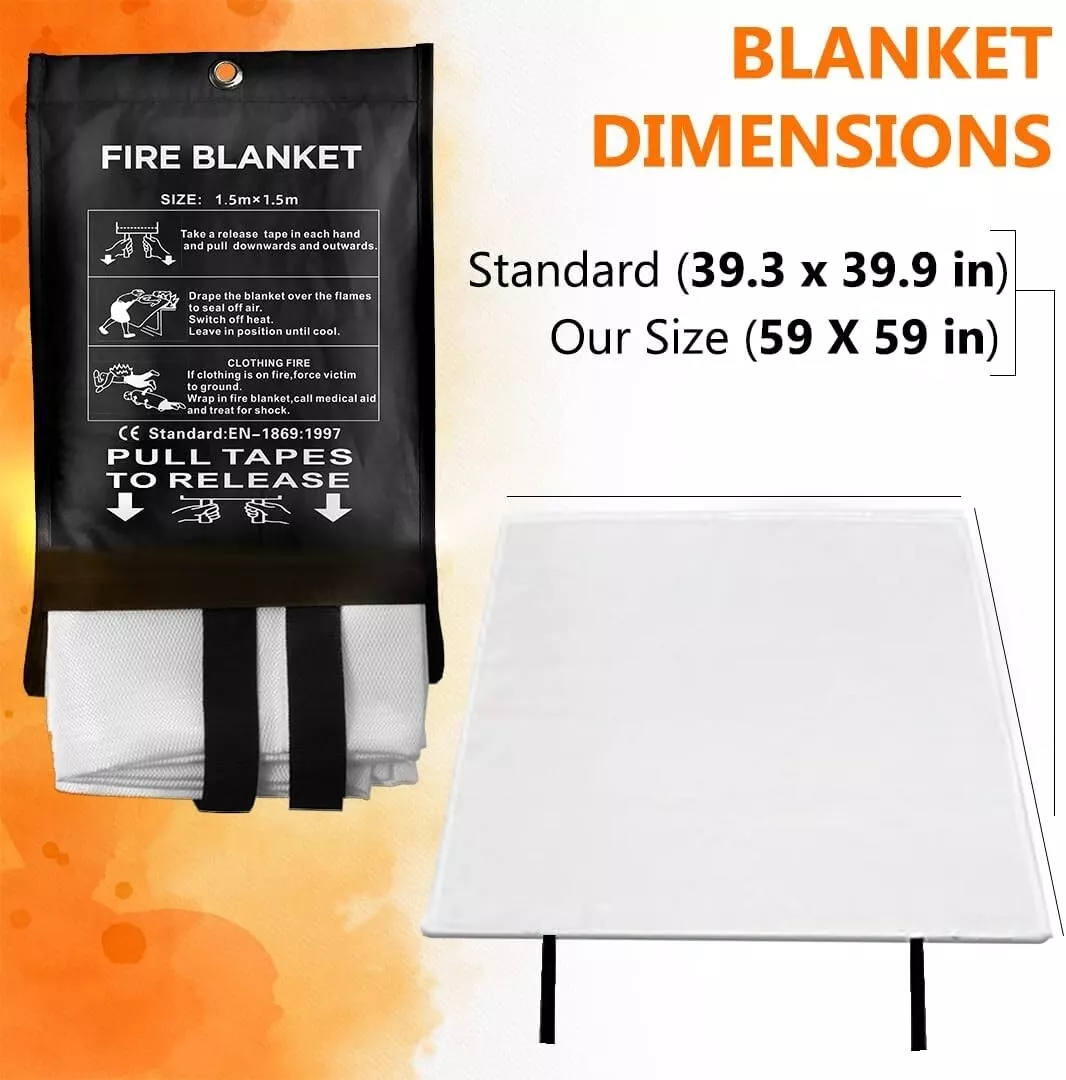
How to Properly Use a Fire Blanket
Follow these steps for effective fire suppression:
- Pull the tabs to release the blanket from its container
- Hold the blanket by the corners with your hands protected behind it
- Approach the fire carefully from upwind if possible
- Place the blanket gently over the flames - don't throw it
- Leave the blanket in place for at least 15 minutes to ensure the fire is out
- Don't remove the blanket too soon - this could reignite the fire
Why Blankets to Put Out Fires Work
Fire blankets extinguish flames through three key mechanisms:
- Oxygen deprivation- They smother the fire by cutting off its air supply
- Heat containment- The material reflects radiant heat back toward the fire
- Fuel separation- They create a barrier between the fuel source and oxygen
Fire Blanket Maintenance
To ensure your fire blanket works when needed:
- Store in an easily accessible location (kitchen wall is common)
- Check expiration dates - most last 5-7 years
- Inspect annually for damage or moisture
- Replace after any use, even if it looks undamaged
- Keep the container clean and free of obstructions
Fire Blanket vs. Fire Extinguisher
While both are valuable, blankets have advantages for certain situations:
- No messy chemical residue (important in kitchens)
- Easier to use for people untrained with extinguishers
- More effective on grease fires than some extinguishers
- Can be used to wrap around a person whose clothes are on fire
Common Mistakes When Using Blankets to Put Out Fires
Avoid these errors for maximum safety:
- Using on fires too large for the blanket size
- Throwing rather than placing the blanket
- Removing the blanket too quickly
- Storing near heat sources that could damage it
- Using damaged or expired blankets
Choosing the Right Fire Blanket
When selecting blankets to put out fires, consider:
- Size:Standard sizes are 1m x 1m or 1.2m x 1.2m - larger for commercial use
- Material:Fiberglass is most common; some have additional silicone coatings
- Certification:Look for UL, CE, or BS EN 1869 standards
- Ease of access:Quick-release containers are safest
Pro Tip:Every kitchen should have both a fire blanket and an ABC-rated fire extinguisher for comprehensive protection against different fire types.
Final Thoughts on Blankets to Put Out Fires
Fire blankets are simple yet powerful tools for home and workplace safety. When used correctly on appropriate fires, they can prevent small incidents from becoming disasters. Remember that no fire safety device replaces proper prevention and emergency planning. Combine blankets with smoke detectors, escape plans, and fire safety education for complete protection.


